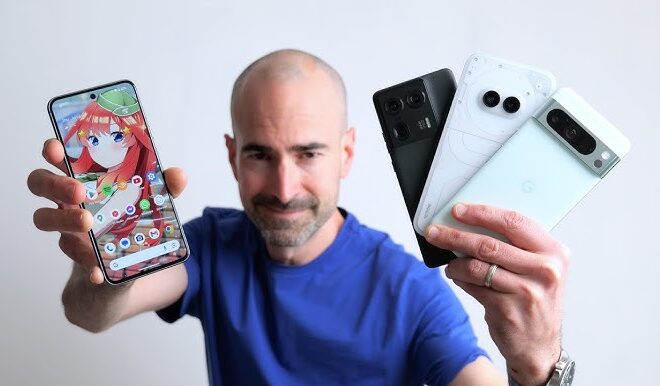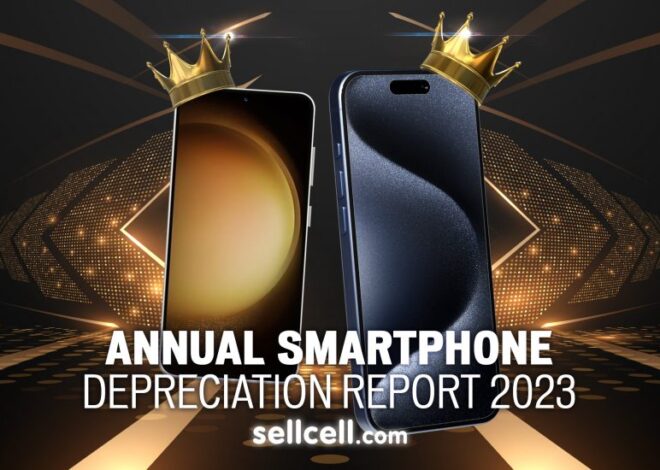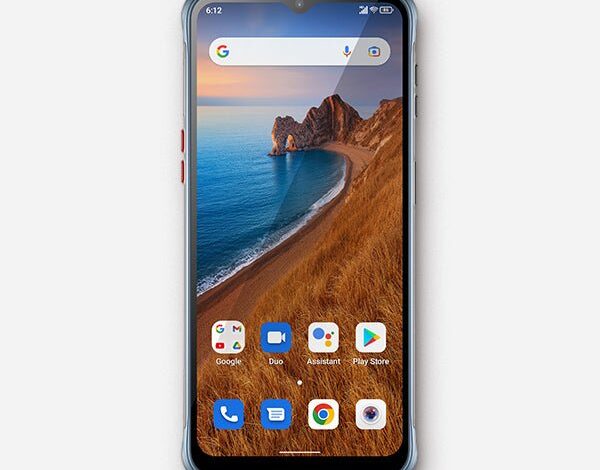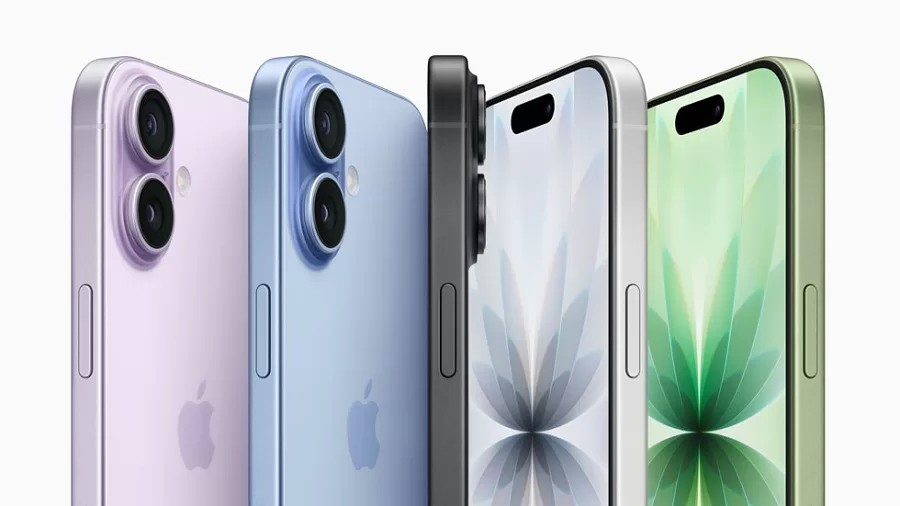
The Android Shake-Up: How Diversified Lineups are Reshaping the Smartphone Market
The Android smartphone market, a landscape once defined by a handful of colossal players, is undergoing a significant transformation. For years, the conversation was dominated by the annual flagship releases from established giants, with innovation often feeling incremental. However, a new era is dawning, driven by challenger brands and a strategic pivot towards product diversification. This shift is not just about releasing more phones; it’s a fundamental rethinking of how to capture consumer attention in a saturated market. Companies are no longer just competing on raw processing power or megapixel counts. Instead, they are carving out niches through unique design philosophies, clean software experiences, and, most importantly, by building a multi-tiered portfolio of devices that cater to a wider spectrum of users. This evolving strategy is creating exciting new dynamics, forcing legacy brands to adapt and providing consumers with an unprecedented level of choice. This article delves into this trend, analyzing the strategies behind portfolio expansion and exploring its profound implications for the future of Android phones and Android gadgets.
The Evolving Landscape of the Android Smartphone Market
To understand the current shift, one must first appreciate the market’s recent history. The Android space has long been characterized by intense competition, but for a significant period, it settled into a predictable rhythm led by a few dominant forces. This established order is now being challenged from all sides, leading to a more vibrant and fragmented ecosystem.
From Duopoly to Diversification
For the better part of a decade, Samsung stood as the undisputed king of the Android world, with its Galaxy S series defining the premium experience. Other brands like LG, HTC, and Sony vied for position, but the market largely revolved around a few key players. This concentration led to a high-stakes game at the top end, where the cost of research and development soared, and the returns began to diminish. Flagship phones became so powerful and feature-rich that annual upgrades offered diminishing returns for the average user. This phenomenon of market saturation created an opening. Consumers began to realize that a “good enough” phone could meet their needs without the premium price tag. Mid-range devices started incorporating features once reserved for flagships, such as high-refresh-rate OLED displays, multi-lens camera systems, and fast charging, blurring the lines between price tiers and creating a fertile ground for disruption.
The Rise of the Challenger Brand
This market environment paved the way for the rise of the challenger brand. Companies that couldn’t compete with the massive R&D and marketing budgets of the incumbents found success by targeting specific user needs and building a loyal community. OnePlus, in its early days, mastered this playbook with its “flagship killer” mantra, offering high-end specs at a lower price. More recently, brands like Nothing have taken a different approach, focusing on design and user experience as their primary differentiators. By introducing unique elements like the transparent design and the Glyph Interface, Nothing established a strong brand identity with its first couple of phones. This strategy is about more than just selling a product; it’s about creating a conversation and a dedicated following. Once that core identity is established, the logical next step is expansion. A single, niche device can build a brand, but a diversified portfolio is necessary to capture significant market share and scale the business.
The Multi-Device Strategy: Deconstructing the Playbook
The move from a single hero product to a full-fledged lineup is a well-trodden path in the tech industry. For Android phone manufacturers, it’s a strategic imperative for long-term growth. This expansion involves carefully targeting different segments of the market and creating an interconnected ecosystem of devices that enhances brand loyalty.
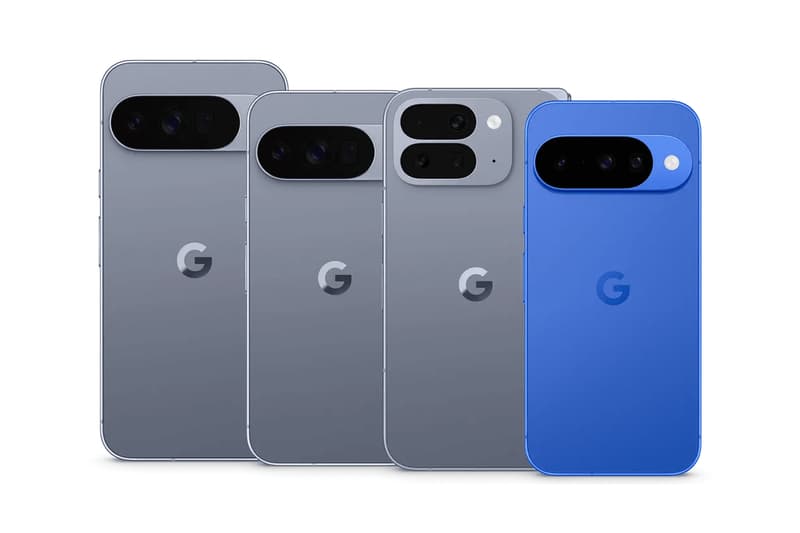
Targeting Multiple Price Points
The core of a portfolio expansion strategy is the classic “good, better, best” model, designed to appeal to different budgets and user needs. This typically breaks down into three key segments:
- The Flagship: This is the pinnacle device (e.g., a hypothetical “Phone 3”), showcasing the company’s latest technology, most powerful processor (like a Qualcomm Snapdragon 8 Gen-series), best camera sensors, and premium build materials. It serves as a halo product that defines the brand’s capabilities.
- The Mid-Range Champion: This is often the volume seller (e.g., the Nothing Phone 2a). It strikes a balance between performance and cost, offering many of the flagship’s desirable features but with calculated compromises. This could mean using an upper-mid-range chipset (like a Snapdragon 7+ Gen series or a MediaTek Dimensity chip), a slightly less advanced camera system, or a “glasstic” build instead of metal and glass.
- The Entry-Level Contender: This device serves as the most accessible entry point into the brand’s ecosystem. It focuses on delivering a reliable core experience, prioritizing battery life and a smooth user interface over raw power or camera prowess.
Samsung has perfected this model with its premium S-series, best-selling A-series, and budget-focused M/F-series. This tiered approach allows a brand to capture a customer at any price point and potentially guide them up the product ladder over time.
Building a Brand Ecosystem
A diversified phone lineup is rarely just about the phones themselves. It’s the central pillar of a much broader strategy to build a sticky brand ecosystem. The latest Android news is filled with launches of interconnected Android gadgets. By offering phones at various prices, a brand creates more on-ramps for consumers. Once a user owns a brand’s phone, they are significantly more likely to purchase other accessories from the same company, such as wireless earbuds, smartwatches, or power banks. This is because brands can offer seamless integration and exclusive features that work best within their own ecosystem—think of how Samsung Galaxy Buds offer unique features when paired with a Galaxy phone. A wider phone portfolio directly fuels the growth of the higher-margin accessories business, creating a powerful, self-reinforcing cycle of customer acquisition and retention.
Ripple Effects: How Diversification Impacts the Broader Android Ecosystem
The strategic shift by individual brands to diversify their lineups doesn’t happen in a vacuum. It sends ripples across the entire industry, influencing competitors, setting new consumer expectations, and introducing new challenges for manufacturers.
Increased Competition and Consumer Choice
Undoubtedly, the biggest beneficiary of this trend is the consumer. As more brands compete across every price segment, it ignites a feature war that drives innovation and value. The mid-range market, in particular, has become a fierce battleground. A few years ago, a sub-$500 phone came with significant compromises. Today, devices in this category routinely offer 120Hz AMOLED displays, optically stabilized main cameras, premium designs, and all-day battery life with rapid charging. This intense competition forces established players like Google, with its excellent Pixel A-series, and Samsung to continually enhance their mid-range offerings to stay relevant. Consumers are no longer forced to choose between a budget device with a poor experience or an expensive flagship; a thriving middle market now offers compelling, high-value alternatives.
The Software and Support Challenge
While offering a wide range of Android phones is great for sales, it presents a formidable logistical and engineering challenge: software support. Maintaining a consistent, secure, and up-to-date software experience across multiple hardware configurations is incredibly difficult and expensive. This is a common pitfall for smaller or newer brands. A company must commit to providing several years of major Android OS updates and, just as importantly, timely security patches for its entire portfolio.
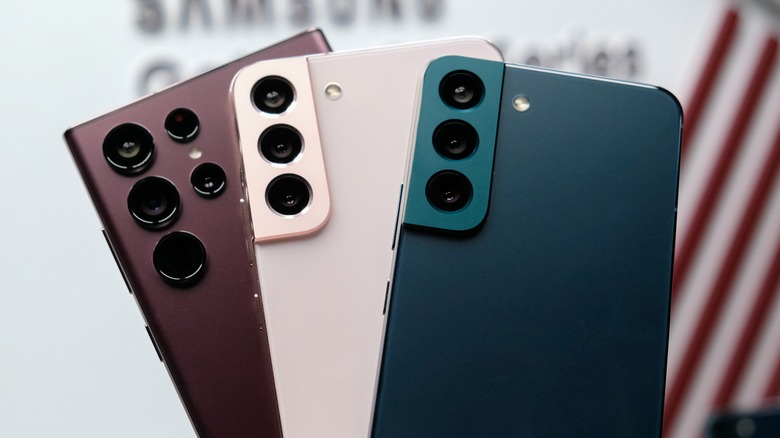
This is where different brands diverge. Google has a natural advantage with its Pixel phones, as it controls both the hardware and the Android OS. Samsung has made this a key selling point, now offering one of the best long-term support policies in the Android world, sometimes even surpassing Google. For a challenger brand, a clear and reliable update promise is crucial for building trust. A unified software skin, like Nothing OS, helps create a consistent brand identity across devices, but the real test lies in the long-term commitment to keeping every device in the lineup secure and modern.
Navigating the New Android Aisle: Tips for Consumers
With a dizzying array of choices, selecting the right Android phone can be more complex than ever. However, by focusing on your specific needs and understanding the key differentiators, you can make an informed decision that delivers the best value for your money.
Identifying Your Priorities
Before looking at any specific device, take a moment to assess what truly matters to you. Don’t get caught up in marketing hype or the spec sheet arms race. Ask yourself a few key questions:
- Performance: Are you a heavy gamer or a power user who needs the absolute fastest processor? Or is your usage primarily social media, web browsing, and streaming, for which a capable mid-range chip is more than sufficient?
- Camera: Are you a photography enthusiast who needs the best possible image quality and versatile lenses (telephoto, ultrawide)? Or do you just need a reliable camera for capturing everyday moments?
- Battery: Is getting through a full day (or two) on a single charge your top priority? Look at battery capacity (measured in mAh) and real-world reviews, not just the numbers.
- Software and Longevity: Do you value a clean, stock-like Android experience? How important is a long-term update policy for you? A phone that will receive updates for 4-5 years is a much better long-term investment.
Best Practices for Choosing a Device

Once you know your priorities, use these tips to narrow down your options:
1. Scrutinize the Update Promise: This cannot be overstated. A manufacturer’s commitment to OS and security updates determines the useful lifespan of your device. Look for brands that guarantee at least three major OS updates and four to five years of security patches.
2. Consider the Whole Ecosystem: If you already own a smartwatch or earbuds from a particular brand, buying a phone from the same company might unlock a more seamless, integrated experience.
3. Find the Value Sweet Spot: The best value in the current market is often in the upper-mid-range segment ($400-$700). These phones frequently deliver 80-90% of the flagship experience for about half the price, making them the smartest choice for most users.
Conclusion
The Android landscape is more dynamic and competitive than ever before. The strategic shift towards diversified product portfolios, championed by both established giants and ambitious challengers, marks a new chapter for the world’s most popular mobile operating system. This move away from a singular flagship focus to a multi-tiered approach is a direct response to a maturing market and evolving consumer demands. For manufacturers, it presents the dual challenge of capturing a wider audience while maintaining a consistent and reliable software experience across all devices. For consumers, the outcome is overwhelmingly positive. This heightened competition is fueling innovation, driving down prices, and filling the market with a rich variety of high-quality Android phones and Android gadgets at every price point. As this trend continues, the latest Android news will be less about crowning a single “best phone” and more about celebrating a vibrant ecosystem that truly offers a perfect device for everyone.

